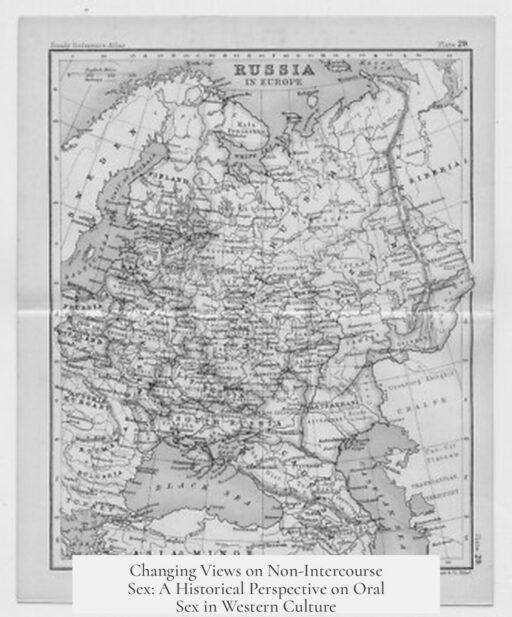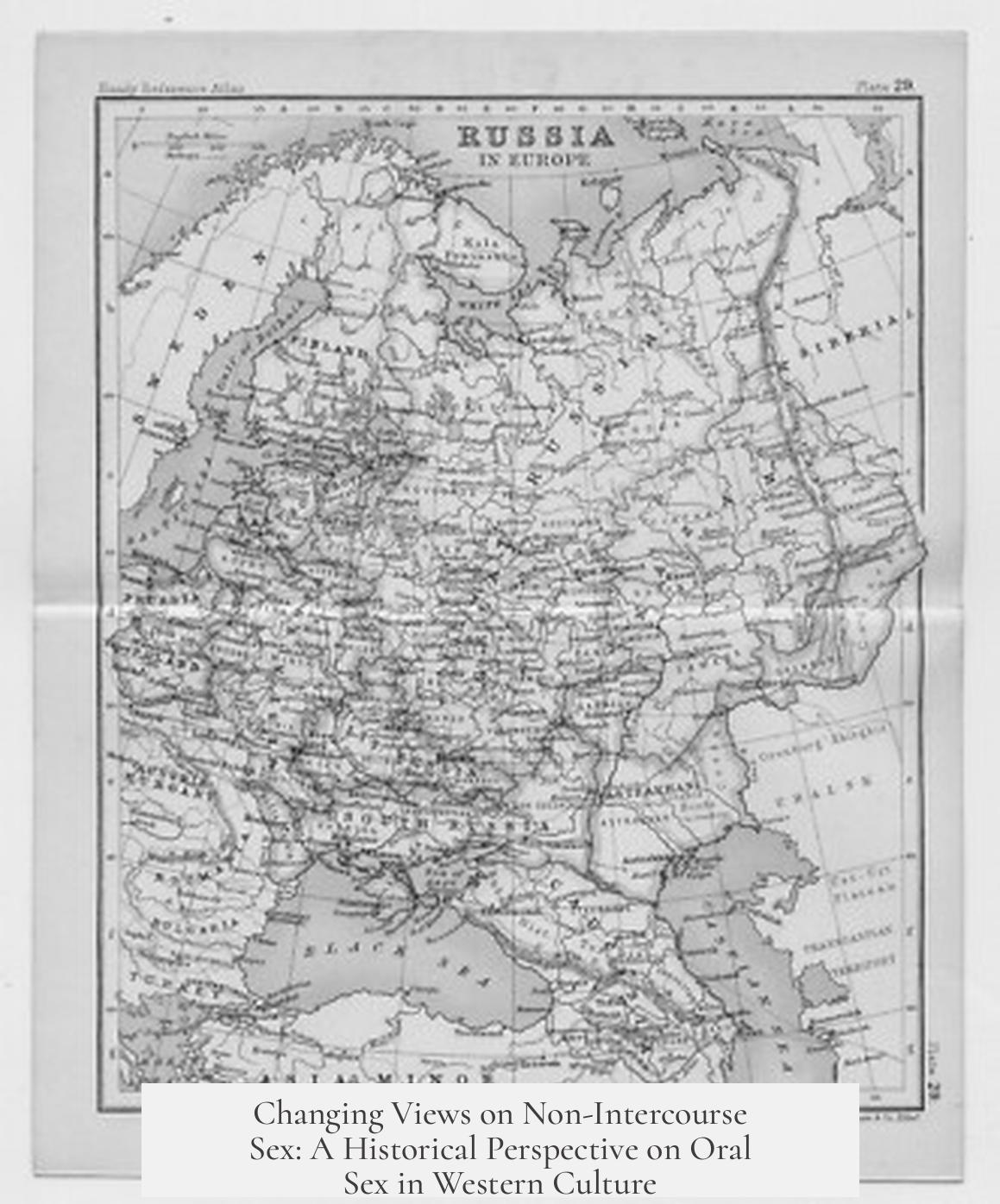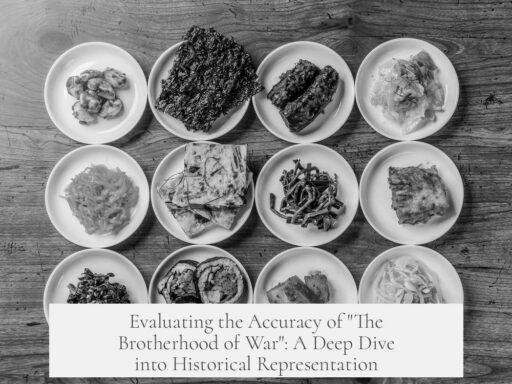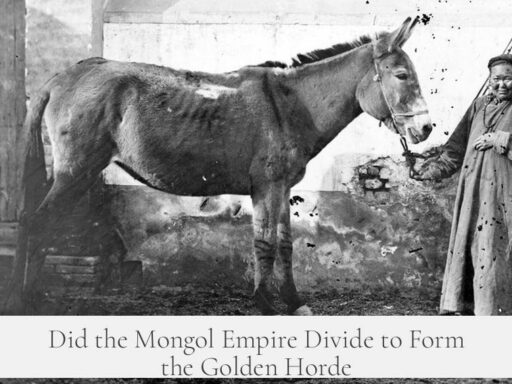Opinions about non-intercourse sex, such as oral sex, have shifted dramatically in Western culture over time. Historically, oral sex was often frowned upon, stigmatized, or considered deviant. It was not typically associated with ‘normal couples’ but linked more closely with prostitution or taboo behaviors. This perception began changing notably only in the late 20th century.
In ancient Rome, sexual norms reflected distinct attitudes toward different acts. Fellatio was accepted when the man was the receiving partner and often linked to prostitutes. By contrast, cunnilingus was severely frowned upon and viewed as vulgar or comedic rather than erotic, illustrated by Pompeii frescoes interpreted as dirty humor. Moreover, irrumatio, or forced fellatio, was seen as a form of power and degradation, sometimes involving both men and women.
Medieval Christian thought redefined sexuality within the bounds of spiritual morality. Influenced by Aristotelian concepts, sex was framed as dangerous passion threatening human dignity. During this period, only sexual intercourse in the missionary position was deemed acceptable or “holy.” Oral sex and other alternatives were considered deviant, with rulings extending to bestiary myths highlighting unnatural or obscene sexual behaviors. This theological and moral perspective greatly suppressed the acceptance of non-intercourse sexual acts.
Moving into the nineteenth century, oral sex faced near-universal condemnation. It was regarded as sinful and pathological. Medical manuals, marriage guides, and legal codes either ignored or criminalized oral sex. By 1950, many U.S. states had laws making fellatio and cunnilingus felonies—even within marriage. Due to this stigma, oral sex was seldom discussed openly among “normal couples.”
Interestingly, prostitutes were often the only ones associated openly with oral sex. Public perception linked such acts primarily to sex work, reinforcing social taboos. For example, a 1934 Chicago survey found over a hundred prostitutes offered fellatio while only a few solicited standard intercourse. Reports from the era indicated that most sexual solicitations involved what was then termed “gross perversion.” These women, in a paradoxical way, led what would later be called the sexual revolution, pushing boundaries and transforming sexual norms.
The cultural landscape began shifting during the 1960s and especially the 1970s. Observers noted that oral sex was becoming more common outside prostitution. By the 1970s, it was widely accepted that “everyone” was engaging in oral sex, even though prior decades had limited the practice largely to marginalized groups. This reflected broad changes in sexual attitudes, influenced by greater openness, feminism, and the relaxation of legal and moral strictures.
Despite this shift, oral sex remained a private matter for many married or “normal” couples. Few publicly acknowledged it due to persistent social stigma. Statements from earlier periods confirmed some couples practiced it quietly, but no one in respectable society discussed these behaviors openly. Other unconventional sexual acts carried even stronger stigma, making oral sex comparatively more acceptable but still discreet.
| Period | General Attitude Toward Oral Sex | Association with ‘Normal Couples’ |
|---|---|---|
| Ancient Rome | Cunnilingus frowned upon; fellatio accepted for men; linked to prostitutes | Not common in elite couples, mostly in prostitution and power dynamics |
| Medieval Period | Sexual acts other than missionary intercourse condemned; oral sex deviant | Rarely practiced or openly acknowledged among married couples |
| 19th – Early 20th Century | Oral sex illegal or pathological; linked with sin and depravity | Practiced secretly, mainly in prostitution, publicly taboo |
| Mid – Late 20th Century | Shift toward normalization, especially post-1970s with sexual revolution | Became more common in “normal couples” but remained private |
The gradual change in attitudes toward oral sex reflects broader social and cultural trends. These include evolving views on sexuality, marriage, gender roles, and personal freedom. It also shows how acts once confined to marginal social spaces entered mainstream sexual practices. Today, oral sex is generally accepted as a normal part of many couples’ sexual lives in Western culture.
- Ancient and medieval Western cultures viewed oral sex negatively, associating it with sin, vulgarity, or deviance.
- Oral sex was predominantly linked to prostitution and power displays until at least the mid-20th century.
- Legal and medical authorities condemned oral sex well into the 1900s.
- The sexual revolution of the 1970s led to greater acceptance and practice among “normal couples.”
- Oral sex remains more accepted today but was historically kept private and unspoken in elite or high-status circles.
Serious Question: How Have Opinions About Non-Intercourse Sex (eg. Oral) Changed in Western Culture? Was It Something That ‘Normal Couples’ Did? [NSFW]
![Serious Question: How Have Opinions About Non-Intercourse Sex (eg. Oral) Changed in Western Culture? Was It Something That 'Normal Couples' Did? [NSFW]](https://vintage.tn/wp-content/uploads/2025/07/4020_historical_attitudes_toward_oral_sex_serious_que.jpg)
Let’s get straight to the point. Opinions about non-intercourse sex, especially oral sex, have shifted dramatically over Western history. What was once taboo, illegal, or relegated to the fringes of society is now increasingly mainstream among “normal couples.” But this wasn’t always the case.
So, was it something that “normal couples” did? The short answer: rarely in public, and with a heavy dose of secrecy and stigma historically. Let’s unpack this fascinating journey from ancient times to today.
From Ancient Rome: A Complex Start
In Ancient Rome, sexual attitudes were both liberated and strangely judgmental.
Taken individually, the treatment of cunnilingus and fellatio shows a divide in acceptance: cunnilingus was severely frowned upon. In fact, there’s a Pompeian fresco depicting cunnilingus, but scholars interpret this artwork more as bawdy humor than genuine erotic celebration. Imagine a dirty joke frozen in time on the walls of ancient baths.
Meanwhile, fellatio held a different role. If the man was receiving fellatio, it was “normal,” especially among prostitutes and in the context of Roman sexuality. In other words: if you were the man on the receiving end, it was fine. But power dynamics were sharply drawn in Rome, too.
“The Romans also wrote about an act called irrumatio, or forced fellatio, often as a form of degradation through power plays, mainly between men. Interestingly, Emperor Tiberius enjoyed performing irrumatio on women.”
The takeaway? Even in a culture known for sexual frankness, oral sex carried complex social rules and distinctions. It was anything but a casual norm for “normal couples.”
The Medieval Period: Sex as a Dangerous Animal
Fast forward a millennium or so. The Middle Ages introduced a complete about-face influenced by Christian doctrine.
Sex was seen as a “danger zone,” closer to an animalistic passion than a human virtue. Aristotelian thought had a huge impact here, positioning passion—and thus sex—as a threat to a person’s spiritual and humane nature.
This led to the now-famous “missionary position only” mentality. Everything else was suspect or outright sinful. Oral sex? Not just taboo, but probably viewed as deeply unnatural.
Medieval bestiaries—medieval illustrated compendiums of animals—reflected bizarre beliefs about sex, hinting at widespread misunderstandings and fears about “deviant” sexual acts. For example, female weasels were believed to conceive through oral sex and give birth through their ears. Rabbits supposedly had so much anal sex they grew new anuses yearly.
Although these are myths, they reveal the medieval worldview: sex outside strict, “natural,” reproductive norms was viewed as a freakish aberration.
The 19th and Early 20th Centuries: Oral Sex in the Shadows
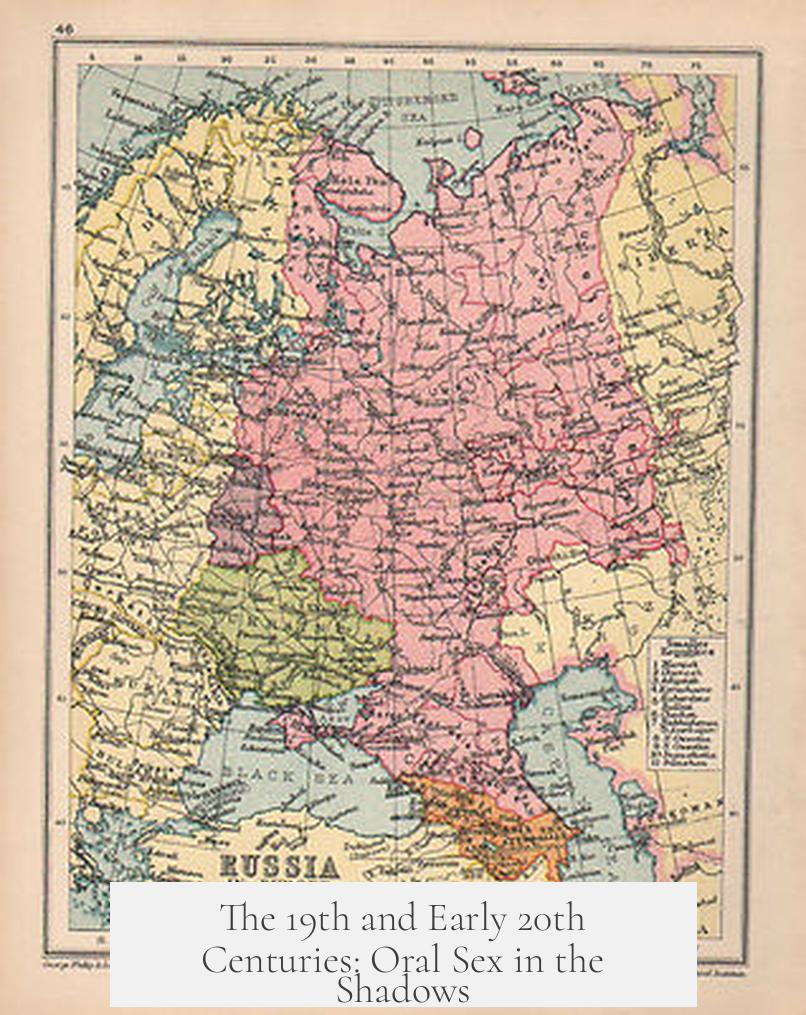
By the 1800s and early 1900s, oral sex was mostly considered a grave sin and, in many states, illegal.
Medical manuals and marriage guides of the era either ignored oral sex or condemned it as pathological. The law was unforgiving: as of 1950 in the U.S., fellatio was a felony in all 48 states, and cunnilingus a felony in 41—the law literally criminalized what some might now see as a normal aspect of marital sex.
Curiously, prostitutes pushed the envelope in this period. They were among the very few to openly offer oral sex services without shame. A notable 1934 survey of Chicago prostitutes found that most offered fellatio, while only a handful solicited “normal” intercourse. Investigators described 90% of solicitations as “gross perversion,” highlighting the tricky divide between public morality and private practices.
Were “Normal Couples” Doing It?
Probably yes, but quietly.
Married couples might have practiced oral sex behind closed doors, but it was an unspoken secret. Sexual shame and legal risks meant these practices weren’t discussed publicly or embraced by society’s “respectable” classes.
Social stigma extended to other “unconventional” sexual acts too, often harsher than for oral sex. If you look at history with nuance, you realize – sexual behavior often quietly diverged from public norms.
The Sexual Revolution and Beyond
Big changes came mid-20th century and exploded by the 1970s.
At last, “everyone” was doing it, or so the cultural narrative goes. Oral sex shed much of its illicit stigma and moved toward normalization among heterosexual couples. Public discourse started acknowledging this, unlike earlier eras when it was relegated to brothels or silence.
Today, oral sex is common enough that marriage counselors even discuss it openly as part of a healthy sex life. Still, the echoes of centuries of taboo linger a bit—it reminds us how complicated sexual norms are.
So What Can We Learn From This?
- Sexual practices evolve with culture and power structures. What starts as taboo and punishable can become normalized as social values shift.
- Legal and religious authorities historically controlled the conversation on “normal” sex. This influenced public and private behaviors deeply.
- Even when publicly condemned, real sexual behavior often diverged from official norms. Couples found private ways to express themselves.
What’s your take? Has modern Western culture really “caught up” to what people have done privately all along? Or are we still negotiating between legacy attitudes and evolving desires? Food for thought next time you hear a “normal couple” debate.
In the end, history shows that oral sex was far from always being part of the mainstream dating or marital playbook in the West. It was often restricted to the margins, the illicit, or completely silenced. But it has undeniably worked its way into modern normalcy.
